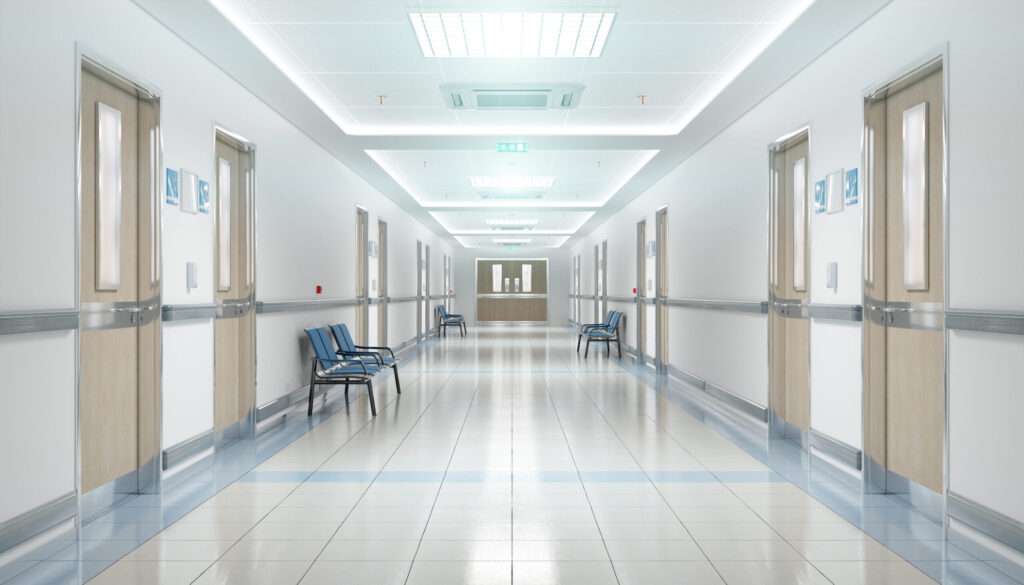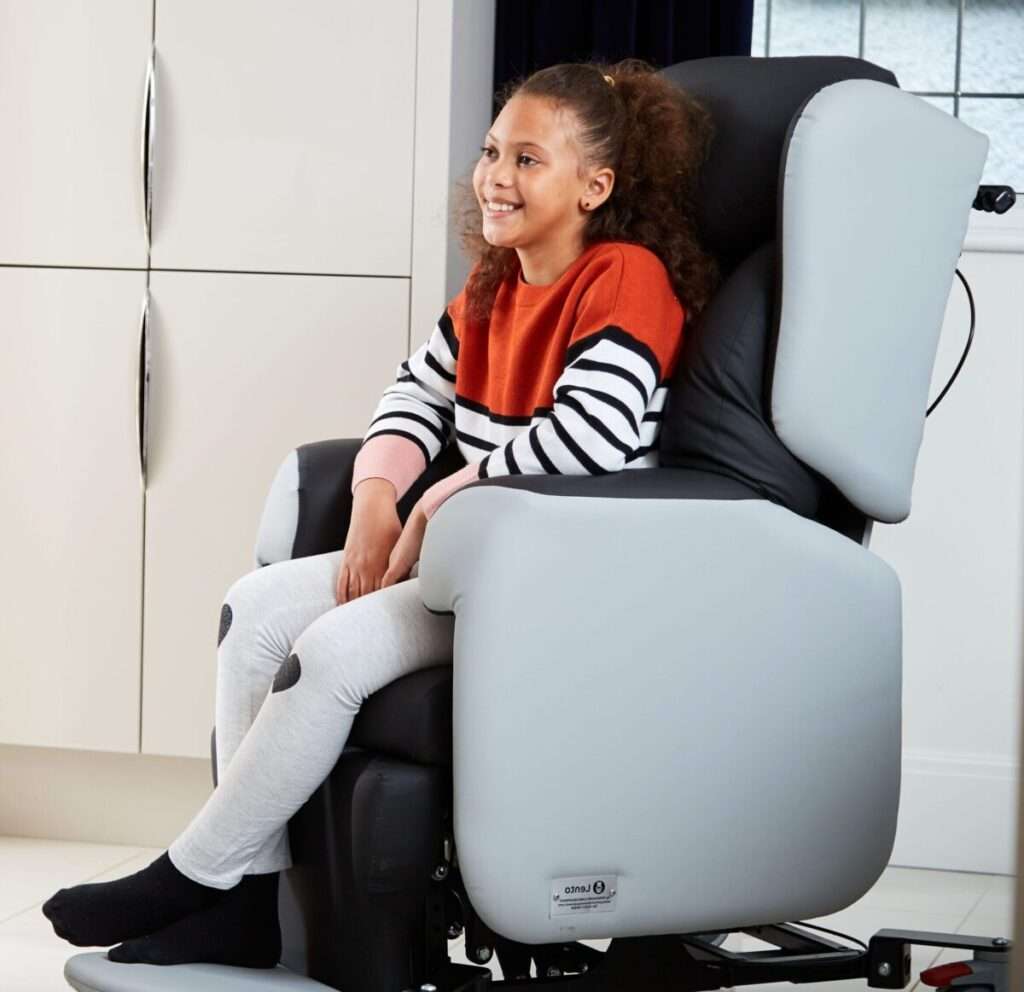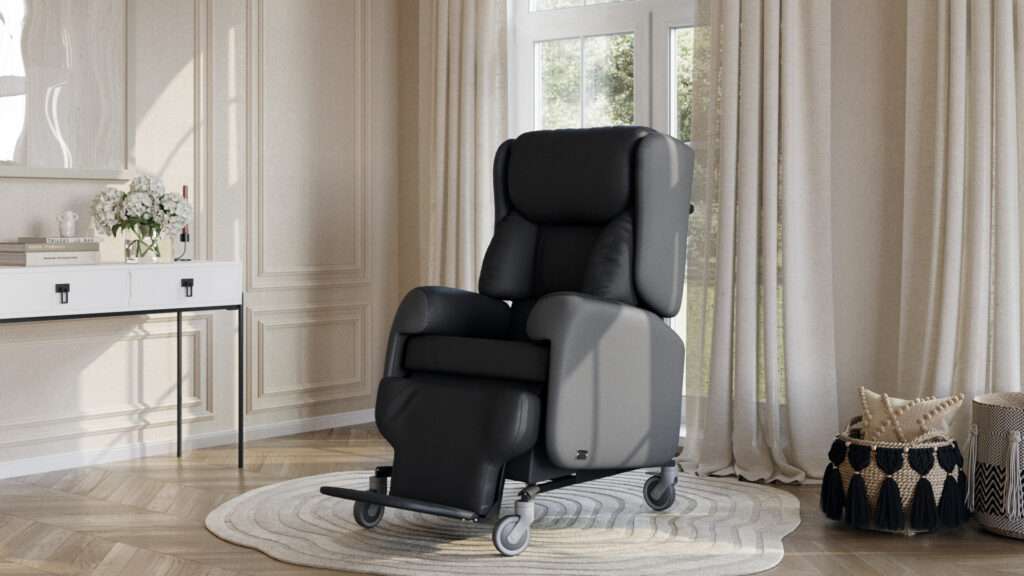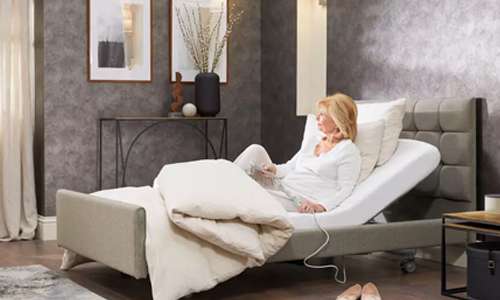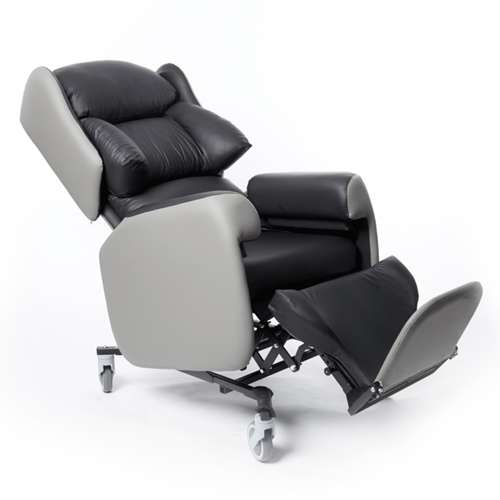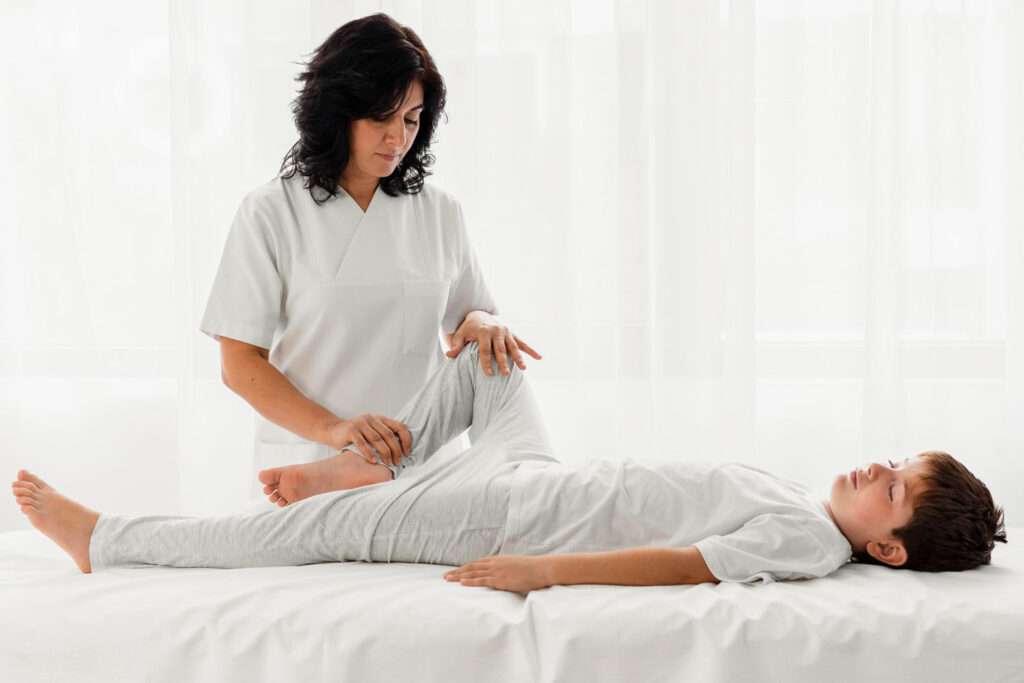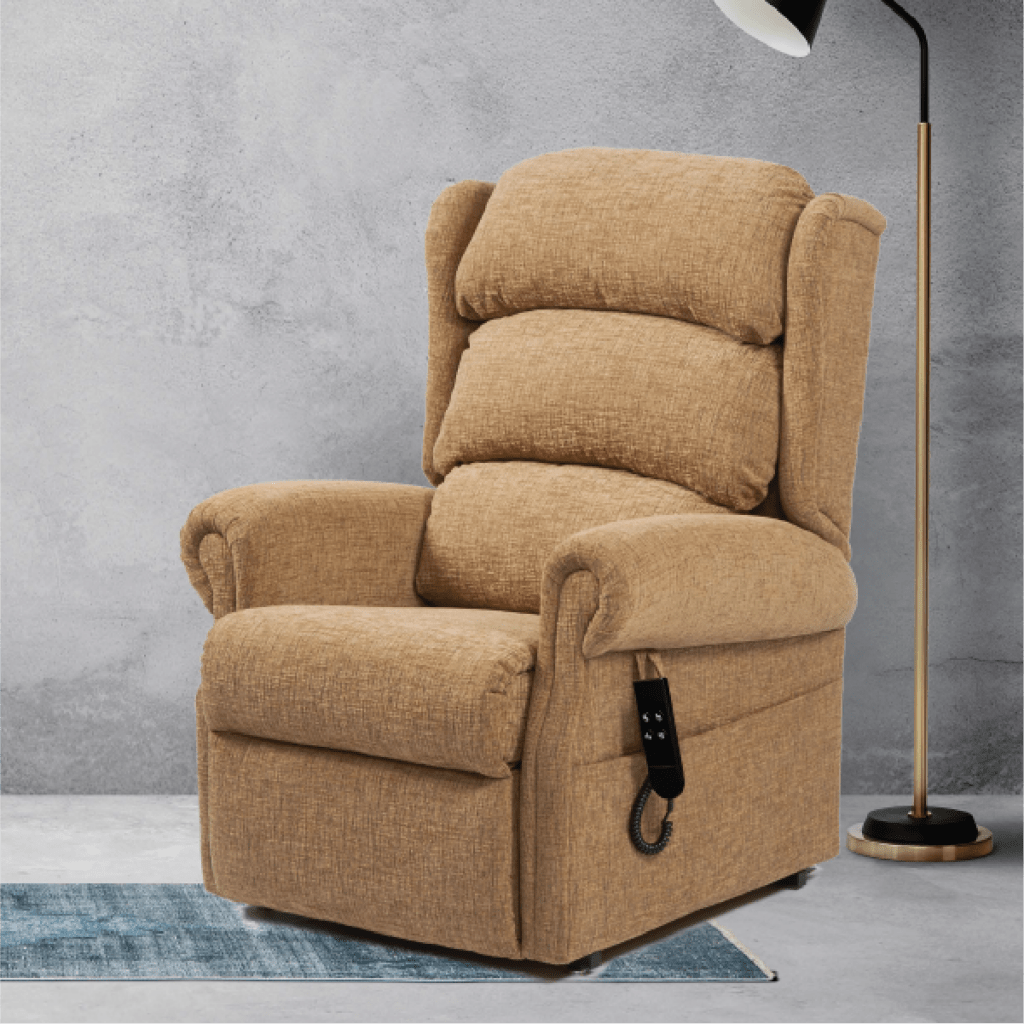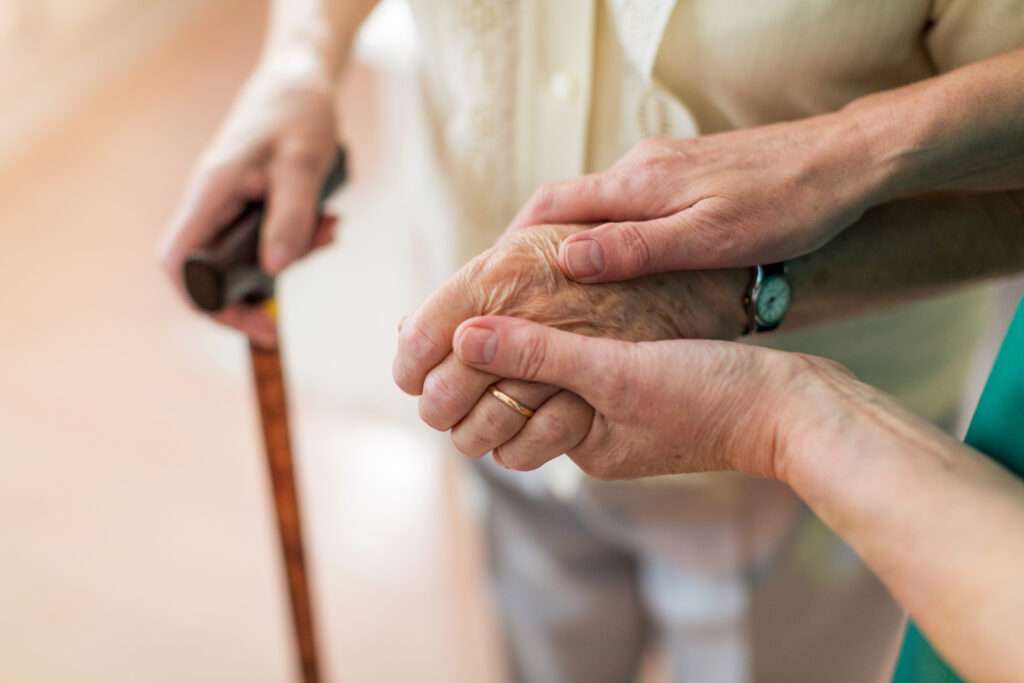Today, we’ll delve into an important topic that affects many people during their hospital stays — hospital-acquired patient deconditioning.
Have you ever wondered why some people seem to get weaker while they’re in the hospital? It’s not just because of their illness or injury; there’s a lot more to it. We’ll break down this concept in simple terms, exploring why it’s essential to stay strong even when health concerns keep us in a hospital bed.
So, let’s dive in and learn about the reasons behind this phenomenon and discover how healthcare professionals work to keep patients on the path to recovery by addressing this challenge.
What is Hospital Patient Deconditioning?
Hospital-acquired patient deconditioning is when people get weaker while staying in the hospital. This happens because they might not be able to move around or do things like they usually do.
When a person stays in bed a lot and don’t move, their muscles can get smaller and weaker, this can make it hard to walk or do normal activities.
Some reasons this happens are because of illness, certain medicines, or simply just getting older. When people are in the hospital, they might not be able to exercise or move as much as they should.
Their muscles may weaken, leading to a range of issues, including decreased mobility, muscle atrophy, and reduced quality of life.
Reduced mobility in patients can cause problems because they might stay in the hospital longer and have a harder time getting better.
To stop this from happening, doctors and nurses try to help patients move around when they can (ambulate). They might do exercises or physical therapy to keep the muscles strong. They also make sure patients are eating well so their bodies stay healthy.
This way, even when people are in the hospital, they can still try to stay strong and not get too weak.
However, the use of appropriate seating in hospitals can help prevent deconditioning and improve patient outcomes.
In this blog post, we will explore the benefits of hospital seating for patients, caregivers, and hospital staff, as well as the systemic benefits for hospitals and care facilities.
Patient Mobilisation Facilitates Faster Hospital Patient Discharge
One of the key ways that hospital seating can help prevent deconditioning and improve patient outcomes is by promoting patient mobilisation.
Mobilisation involves getting patients up and moving as soon as possible after surgery or illness, which can help prevent muscle disuse and atrophy.
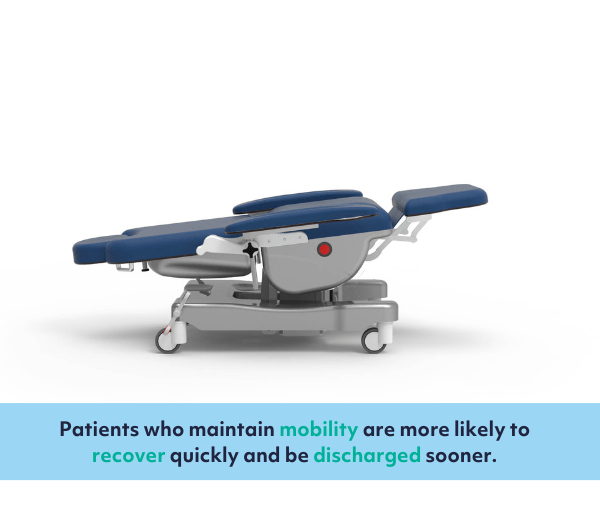
By providing patients with comfortable and supportive seating that is designed for mobility, hospitals can encourage patients to get up and move around, which can speed up their recovery and reduce their length of stay.
Additionally, by providing patients with appropriate seating options, hospitals can facilitate patient independence and reduce the need for caregiver assistance, which can further enhance patient outcomes.
Benefits to Patients
The use of appropriate seating in hospitals can have a significant impact on patient outcomes. Patient rehabilitation and treatment chairs that are designed with patient comfort and ergonomics in mind can help prevent deconditioning by promoting mobility and independence.
Comfortable and supportive seating can also reduce pain and discomfort, improve circulation, and enhance overall well-being.
Patient Treatment Chairs
In addition, seating that is adjustable and adaptable can be tailored to meet the individual needs of each patient, providing them with the best possible care.
Patients come in different sizes, shapes, and health conditions, therefore it is important to have chairs that can be adjustable to accommodate the needs of each individual.
It is also important to have portable hospital chairs with wheels that can be easily moved, especially for patients that need help moving around.
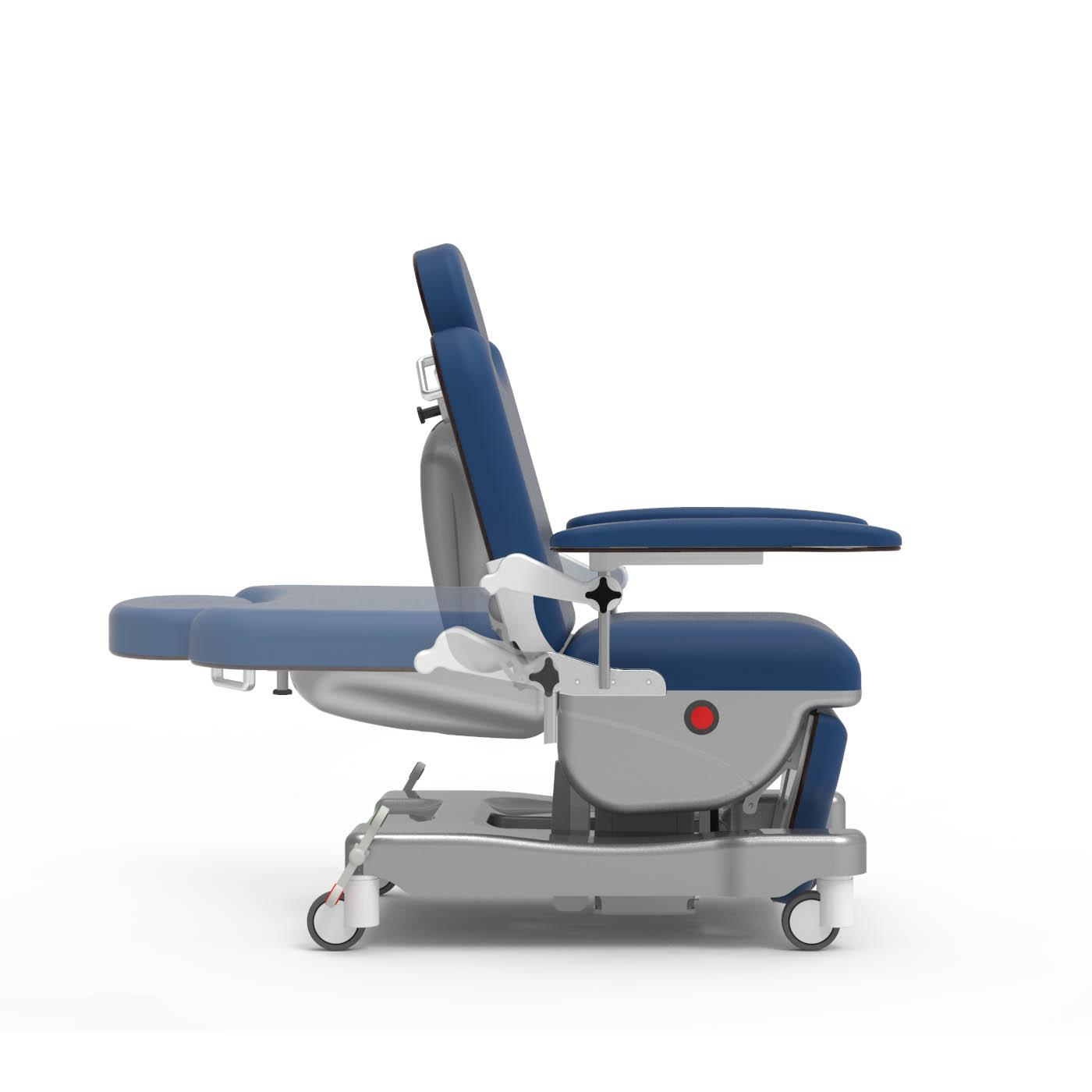
It’s important for a rehabilitative hospital chair to be portable and have a range of ergonomic movements that support patient care.
Another important factor to consider is the design of hospital seating. Hospital chair design and ergonomics play a crucial role in ensuring patient comfort and preventing deconditioning.
Properly designed hospital seating can help patients maintain good posture, reduce pressure on the body, and prevent discomfort and pain.
Preventing Muscle Weakness and Atrophy:
Hospital-acquired patient deconditioning often leads to muscle weakness and atrophy due to extended periods of immobility. The right patient seating can play a crucial role in addressing this concern.
Chairs and seats designed with ergonomic principles in mind encourage patients to change positions, shift their weight, and engage their muscles.
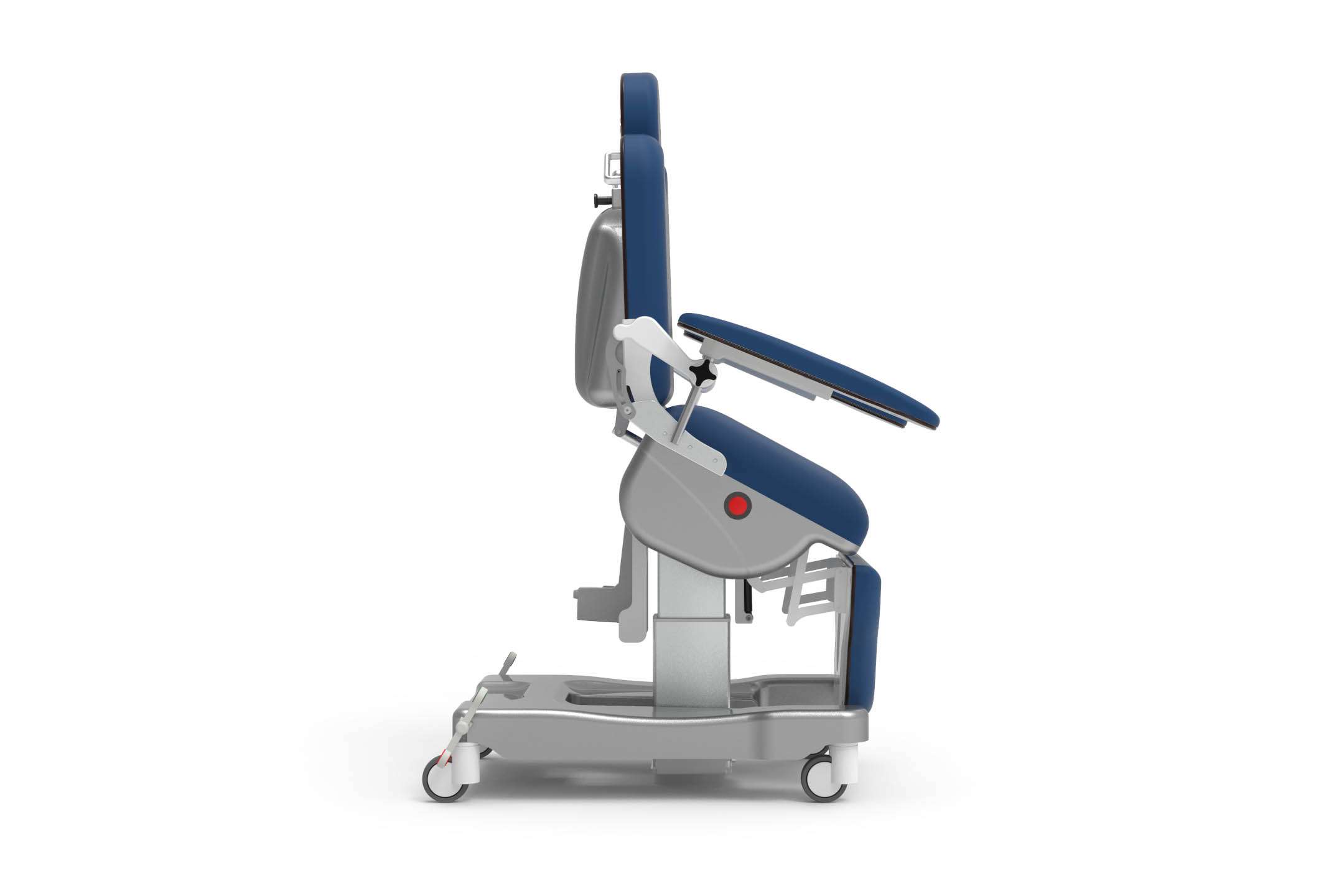
Our patient rehabilitation chair features a range of movements including an electric vertical rise to encourage patient mobilisation.
By providing comfortable and supportive seating, hospitals can encourage patients to sit up, stand, and move around more frequently, and preventing muscle deterioration. These specially designed chairs can help maintain muscle strength and flexibility, ultimately aiding in the prevention of hospital-acquired deconditioning.
Promoting Physical Activity:
Staying active is vital for patients’ recovery and preventing deconditioning. Patient seating that is adjustable and comfortable enables individuals to transition from lying down to sitting up and even standing with reduced discomfort.
When patients can easily change their position without strain, they’re more likely to engage in light physical activity.
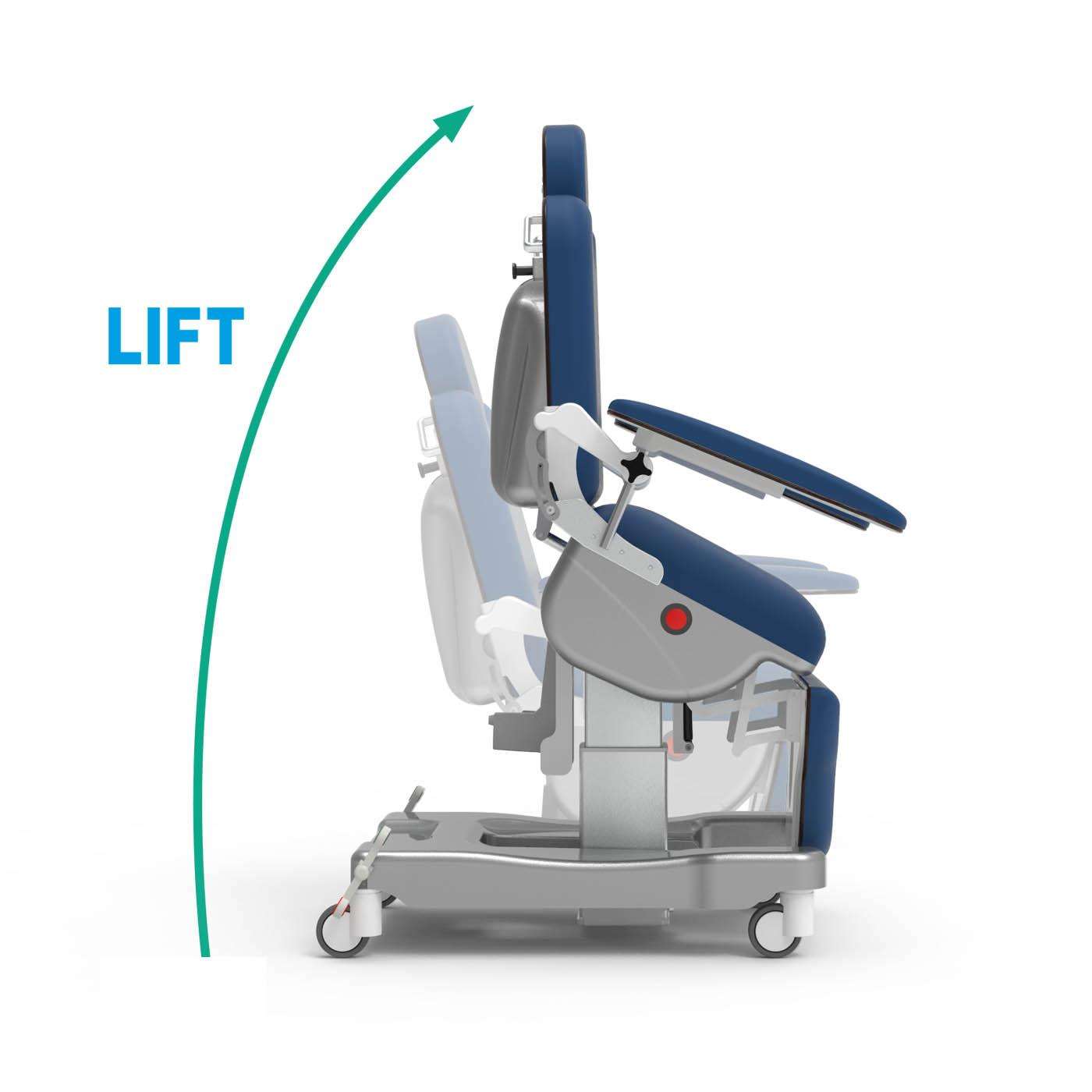
Appropriate patient seating can serve as a tool to facilitate movements like leg swinging, gentle stretching, and weight shifting, helping patients maintain mobility and prevent muscle weakening.
By encouraging small bouts of movement throughout the day, the appropriate seating can play a role in keeping patients more active during their hospital stay.
Benefits to Carers and Hospital Staff
Hospital patient seating doesn’t only benefit patients; it also has a positive impact on caregivers and staff. Providing comfortable and ergonomic seating options for caregivers allows them to perform their duties without experiencing discomfort or strain.
Whether it’s sitting by a patient’s bedside, assisting with transfers, or engaging in conversations, comfortable seating enables caregivers to focus on their tasks without the distraction of physical discomfort.
This enhances their ability to provide attentive and compassionate care, ultimately benefiting both patients and staff.
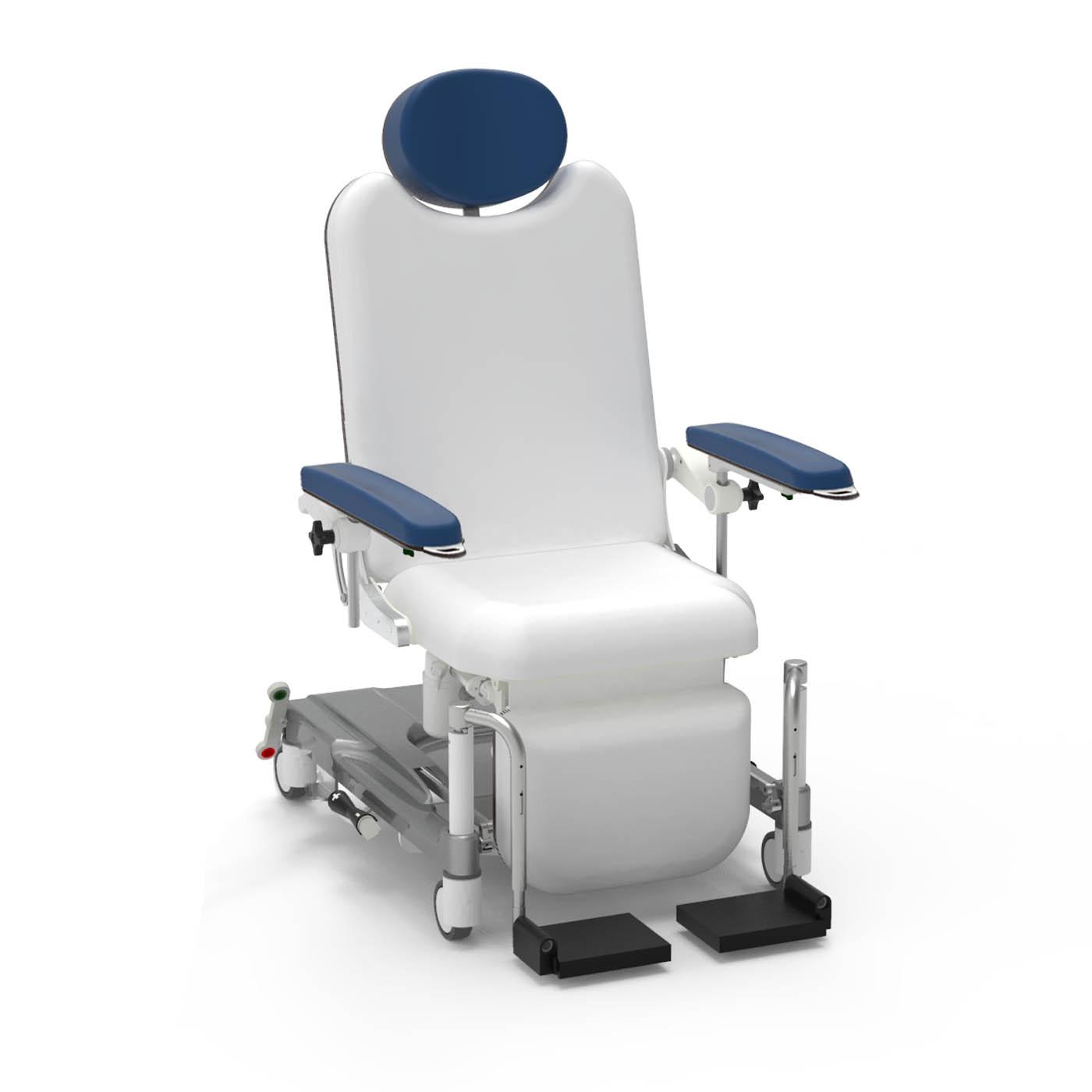
Pur hospital patient rehabilitation chair has been designed with removable padding to easily maintain hygiene & infection control standards.
Hospital seating solutions can also benefit caregivers and hospital staff. Comfortable and ergonomic patient seating that encourages ambulation can reduce the risk of injury and strain for staff who spend long hours on their feet. Additionally, seating that is easy to clean and maintain can help prevent the spread of infection and make the daily workload of hospital cleaning staff easier.
It is important for healthcare organisations to invest in medical equipment that facilitates the efficient care of patients by staff.
Facilitating Patient Care:
Well-designed patient seating can enhance the efficiency of caregiving tasks. When caregivers have access to chairs that can be adjusted easily or have features like swivel capabilities, they can provide care more effectively.
This is particularly valuable during tasks that require careful positioning, wound care, or medical procedures. Ergonomic seating can create a more conducive environment for tasks that involve close patient interaction, contributing to better outcomes and experiences for both patients and caregivers.
Enhancing Safety and Mobility:
Patient seating that is designed with safety and mobility in mind can benefit both patients and caregivers. Chairs equipped with features like wheels or adjustable heights can aid in patient transfers, reducing the risk of injuries for both the patient and the caregiver.
These features can also streamline the process of moving patients from one location to another, saving time and effort for staff members while ensuring patient safety.
By providing staff with high-quality seating, hospitals can improve staff morale and reduce staff turnover, which can have a positive impact on patient care.
When staff feel comfortable and valued, they are more likely to provide better care to patients.
Thus, investing in high-quality seating is not only beneficial for the patients but also for the hospital as a whole.
Systemic Benefits for Hospitals and Care Facilities
The benefits of appropriate hospital seating extend beyond individual patients and staff. By investing in high-quality hospital furniture and seating, hospitals can improve patient outcomes and reduce the overall cost of care.
Patients who are able to maintain their mobility and independence are more likely to recover quickly and be discharged sooner, which can reduce the burden on hospital resources and free up beds for other patients.
Additionally, healthcare systems and hospitals that prioritise patient comfort and well-being are more likely to receive positive feedback from patients and their families, which can improve reputation.
This improved performance and public reputation can also ultimately lead to better healthcare resources that provide better care for patients.
Accessing appropriate rehabilitative patient seating can potentially create positive cycle for a healthcare provider or hospital that sees them:
- Access better resources
- Improve patient care & outcomes
- Receive positive feedback
- Increase revenue
- Continue access to most advanced resources/equipment
However, this rests on the initial access to the best hospital patient seating for the needs of their patients. It is important to note that hospital seating guidelines recommend a patient-centered approach in selecting seating options.
Factors such as patient age, mobility, size, and medical condition should be taken into consideration when selecting hospital seating options.
Summary
Appropriate hospital seating is a critical component of patient care that can help prevent deconditioning and improve patient outcomes, finding the correct healthcare seating solutions is also crucial for ensuring the well-being of staff, and the hospital itself.
By providing patients with comfortable and ergonomic seating options, hospitals can promote mobility and independence, reduce pain and discomfort, and enhance overall well-being. Continued investment in high-quality seating can lead to better patient outcomes, improved staff morale, and enhanced reputation for the hospital.
Additionally, high-quality hospital seating can benefit caregivers and hospital staff, as well as the hospital as a whole, by improving staff morale, reducing the risk of injury and strain, and enhancing the hospital’s reputation.
Improve Patient Outcomes
With the right hospital seating solutions, hospitals can provide their patients with the best possible care and achieve better outcomes for all.
By prioritising patient comfort and mobility, hospitals can prevent hospital-acquired deconditioning and promote faster patient discharge. As hospital seating trends continue to evolve, it is important for hospitals to stay up-to-date and provide their patients with the latest advancements in seating technology.





